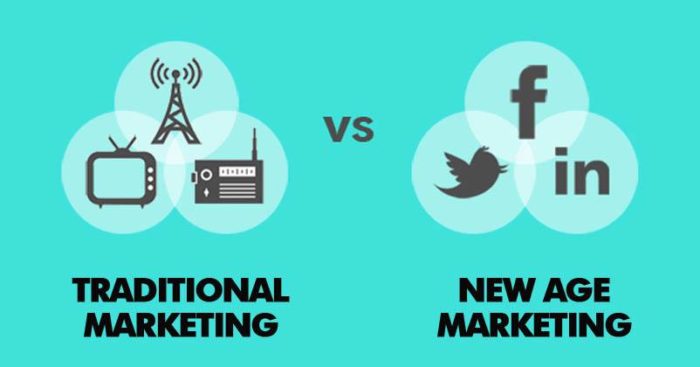A brand is the most essential element for the entire business… isn’t it? It’s all about what your customers think about your brand, what they perceive about your business, products, and services. It’s all about the image in the minds of stakeholders and it doesn’t get into their heads overnight. It takes days, months and years to fortify certain image that leads to making them buy, use or experience the brand. It’s the process of brand building that makes customers and other stakeholders to become loyal to any brand.
We all have known about the traditional brand-building initiatives like heavy advertising, targeting audiences with consistent messages across multiple touchpoints designed to generate interest, likeability, purchase and repeat purchases creating brand loyalty. Most marketers while bombarding their messages and communication always have one thing on their minds and that is how to go close to their customers. And that drives all as far, as building a brand is concerned.
Whether traditional practices have to be followed or to be broken or to be balanced between the old and the new ones has remained a challenge for most of the brand communicators. In all this process, most significant is the media that delivers the brand’s message to its stakeholders, which is now evolved in an entirely new avatar through social media. The use of new-age media becomes a game-changer in any brand-building exercise today. Does it mean that print, radio, and TV are out, and Facebook, Twitter, Instagram are in? Not really.
New age media have been making their presence felt rapidly. With many of the traditional news media are turning completely digital and availability of newer web-based platforms, there are new opportunities available for brand communicators day by day. However, this doesn’t weaken the position of traditional media in most markets globally. If we look at India, print media is not only growing in readership and circulation but also in advertising revenues. And interestingly, this is also contrary to the state of western countries, where print readership and circulations have been constantly dropping with the growth in digital space.
Traditional media is always outbound. Marketers and communicators send out messages to their audiences using the media and they hope that their messages are being heard, absorbed, analysed, crystallised and imbibed for further action by the audience through sales eventually. And the new age media like Facebook, Twitter, Instagram or for that matter Google SEO that are used to communicate are all inbound. The audience comes to these channels and receives the brand messages, if available on these platforms.
While traditional media is always a large spread, including a substantial of your target audience apart from the many other constituents that your brand is not related to. This creates a spillover and also leads to improper utilisation of the marketing moolah used for brand communications. On another hand, being of inbound nature, new age media allows you to focus and target only interest-based audience and therefore you pre-qualify them for showing the messages.
Advocates of traditional media and new-age media have their reasons to prefer one over the other. Brand building should eventually result in rising of sales and growth for any business. Any skewed decision of pumped up advertising monies into media campaigns or heavy bursts of digital marketing may never be a great thing for building a brand.
Brand communications are also required to be tweaked market to market and audience to audience and therefore a planned, integrated, and thoughtful use of both media (traditional and new age) could be the best bet for enhancing the value from any brand communications campaign.
And that will surely be a wise step for all brand communicators to establish a stronger brand with higher mindshare at any given point in time!
The views and opinions published here belong to the author and do not necessarily reflect the views and opinions of the publisher.



The process is about evolving into an atmosphere or a market which is already created to accept the change.The fact that it is a progressive change,but not by forgetting the truth that though we are willing to accept and adapt to the change but not to rule out the birthing pains,the challenges and respect for the process.We see the fruit bearing tree,but few are those who think of how good the seed must have been.And we should expect to inculcate the respect and regards for the process in present generation to relish the taste of new,and yet create a balance.